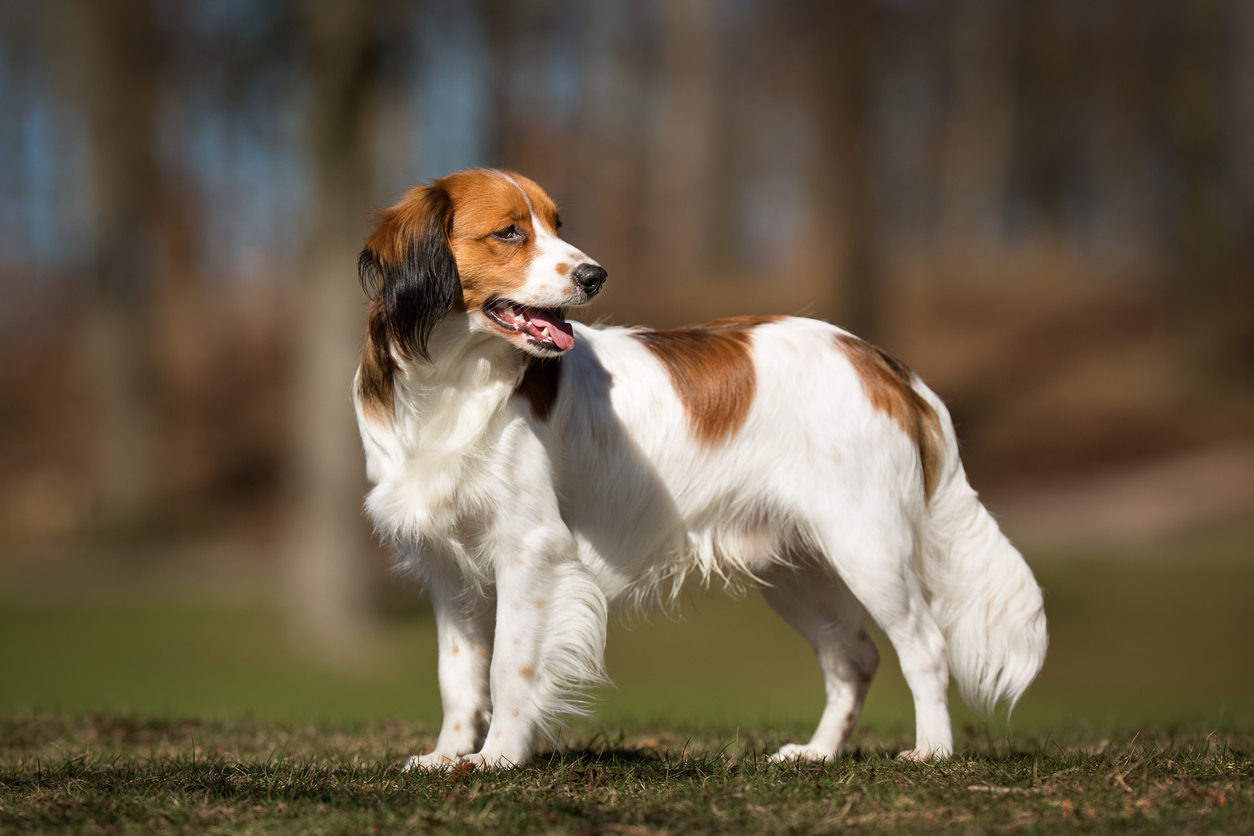By and large, dogs have about 19,000 genes, but only some eight to fifteen of them are known to be responsible for determining coat color and pattern. These genes interact in complex ways to produce the wide variety of coat colors, and one of them is a component involved in cell signaling. It interacts with a certain receptor (the melanocortin 1 receptor, to be exact) to regulate a pigment switch during different stages of hair growth.
In certain breeds, this gene known as the “agouti signaling protein gene” is responsible for regulating the switch between eumelanin (black pigment) and phaeomelanin (red/yellow pigment) in hair follicles. The agouti gene is also associated with the “sable” coat pattern in certain breeds.
Generally speaking, “agouti” is a genetics term, while “sable” is a dog world term. The latter is used to describe a specific coat color pattern characterized by black-tipped guard hairs over a lighter base color. It’s a dominant trait in the agouti series of coat color genetics, meaning that a dog only needs one sable allele to express this coloration.
The
Nederlandse Kooikerhondje as an interesting example. The AKC breed standard describes the breed ideal as distinct patches of clear orange-red on pure white, some black hair intermingling with the orange-red color and a slight form of ticking acceptable, but less desirable.The presence of the Agouti gene is crucial in determining whether a Kooiker will have the sable pattern, and how it might appear, i.e., will the dog be a “tipped sable, or not, because the sable pattern is dominant in the agouti series, and again, this means that a dog only needs one sable allele to express this coloration. Though we have simplified this, the expression is influenced by other genetic modifiers, and potentially in combination with other genetic factors such as the E and K loci.
That said, one source writes that Kooikers are genetically sable dogs, not true orange or red dogs, and this is why a Kooiker can have black skin pigmentation, black hairs on his or her ears known as “earrings”, sometimes black tail base rings, black hairs interspersed in their coat, and/or black-tipped guard hairs. It is the agouti gene that allows for “banded” hairs, where the color of each hair shaft changes depending on the pigment deposited during the dog’s development. For those with an interest in genetic-speak, in Kooikerhondjes, the AyAy allele is incompletely dominant to the atat (tan-point) allele. A dog with one or two copies of the AyAy allele will look like a “normal” sable by masking the atat allele. But if a Kooiker pup inherits two copies of the recessive atat allele, he or she will display a tricolor pattern instead of the typical sable. The expression of the Agouti gene in this breed is also dependent on the dog’s genotype at other loci, such as the K locus. For the agouti pattern to be expressed, the Kooiker must have the ky/kyky/ky genotype at the K locus, which allows for the Agouti gene’s expression. This interaction between the Agouti and other genetic loci results in the coats seen in the breed.
As we are not geneticists nor Kooiker owners, we welcome input from either!
Image of Kooikerhondje by Bigandt Photography/iStock

